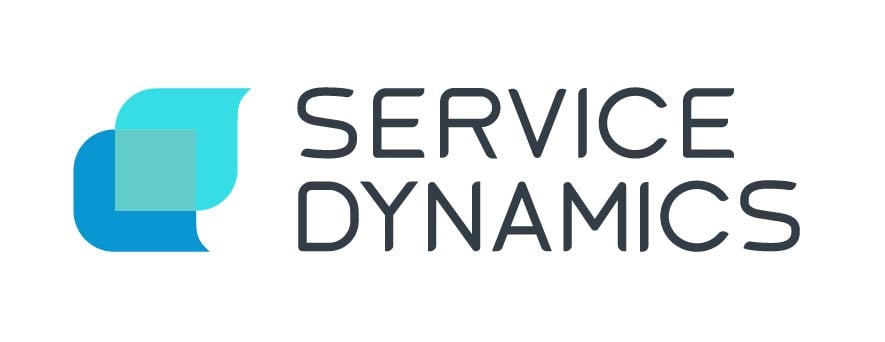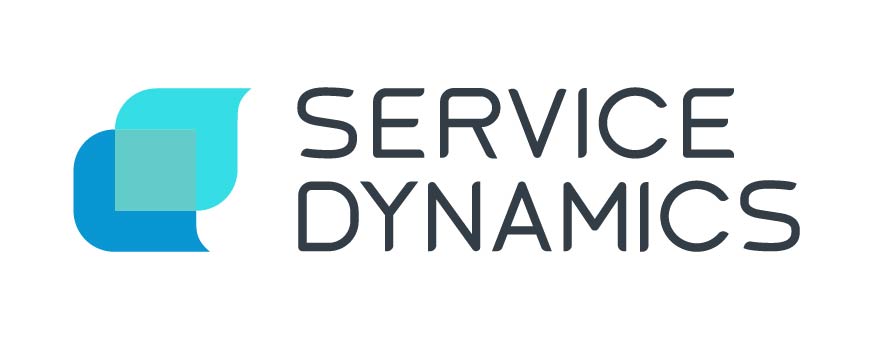ITSM is an essential element in modern organisations of all sizes, but not all ITSM strategies or tools are created equal. If you are experiencing any of the symptoms listed below, your ITSM strategy is showing signs of stress, and it’s time to look for a new IT Service Management Solution.
1 - Lack of Agile Mindset
Embracing the agile mindset is essential for organisations to overcome the limitations of traditional management approaches.
Without this mindset innovation is stifled due to slow feedback cycles, and rigid documentation practices that can lead to costly delays when project requirements change (and lets face it, they always change). Failing to adopt an agile mindset in ITSM implementation risks being left behind, organisations neglecting agility will have their ITSM practices overlooked as other areas of the organisation embrace more agile processes.
2 - Multiple Silos and Disconnected Tools
Traditional service management tools often contribute to siloed and fragmented operations, hindering IT and operations teams from collaborating effectively with other departments.
Industry data highlights the pressing need for digital transformation, agility, and rapid service release to remain competitive in the modern business landscape. Recognising the detrimental effects of silos and disparate tools is crucial, as it signifies the urgency to address and improve your IT service management strategy.
3 - Difficulty for Teams to Deliver Services
Departments like human resources, facilities, and finance encounter obstacles in serving internal customers due to the increasing need for collaborative and unstructured work, which traditional service management fails to address.
To overcome these limitations, service management solutions must prioritise openness, collaboration, and transparency.

4 - A Rigid Command and Control Approach
Agility is paramount in modern business environments where key stakeholders need autonomy to ensure consistent alignment in operations. To guarantee agility, your teams need flexibility and simplicity.
Unfortunately, traditional service request tools may use an outdated command and control approach that’s rigid and overly centralised. This inflexible one-size-fits-all approach doesn’t follow the agile methodologies that define modern ITSM implementation strategies.
5 - Unnecessary or Redundant Tools
Having more tools does not always equate to better outcomes in IT service management (ITSM). In fact, unused or redundant tools can drive up costs and hinder efficiency by introducing unnecessary steps and complexities into workflows.
Legacy service management software often exaggerates the number of tools offered, promoting over 100 options when only a fraction are truly necessary. These tools are falsely marketed as a remedy for organisational siloing issues, deceiving buyers into unnecessary purchases.
6 - Unable to Adapt to Business Needs
It is crucial to recognise that ITSM is not a static methodology and requires tools that can keep pace with your organisation's growth. Flexibility in both your ITSM strategy and the underlying tools is indispensable, as it allows for seamless adjustments and ensures alignment with your evolving operational requirements.
When encountering significant misalignment in your ITSM strategy, it is essential to carefully evaluate the potential gaps that may exist. Providers or infrastructure that lack flexibility can impede the implementation of your service desk software, especially during unplanned changes or rapid scaling of operations, leading to various downstream issues.
7 - Ballooning Costs
If your IT service management (ITSM) software costs are increasing without a corresponding improvement in results, it indicates that you are overpaying for the solution. ITSM expenses extend beyond the initial implementation and include ongoing costs like subscription and licensing fees, maintenance expenses, annual fees, and personnel costs. If these costs continue to rise without operational improvements, your service desk solution is not delivering value for the investment.
Hidden or unexpected fees in traditional service management tools, along with costs for add-on modules, upgrades, and consultants, can significantly increase expenses.
If you are using your service desk software effectively and there are no hidden fees, yet costs continue to increase - it signifies a mismatch between the budget and value obtained.
It is crucial to evaluate your ITSM tools - ask your provider to remove unnecessary features and modules to reduce pricing. If that is not possible, your current software needs to be replaced with a tool that can be more flexible for your current and future needs.
8 - Lack of Effective Automation
Automation plays a pivotal role in service request management by minimising or replacing manual intervention, particularly in repetitive daily tasks that are both time-consuming and necessary. A successful IT service management (ITSM) strategy embraces extensive automation while continuously exploring new areas where the organisation can derive value from it.
By implementing effective automation, the workload on employees is reduced, allowing them to focus on more significant responsibilities. However, it is essential to prioritise "effective" automation, avoiding automation for its own sake.
If your automation strategies are ineffective, and your service desk tools fail to provide the necessary automation capabilities without the need for additional tool purchases, it is time to consider alternative solutions.
9 - Lack of Product-Centric Service Delivery
To thrive in today's customer-centric landscape, traditional teams must shift their mindset and consider the entire service delivery lifecycle, moving beyond a sole focus on operations.
Service owners need to adopt a product-centric approach, prioritising the needs of the customer throughout the concept, launch, and operational phases. The emphasis should be on improving the customer experience rather than adhering to rigid structures.
By embracing product centricity, teams can ensure their product is high-performing, readily available, and enjoyable for users, thereby enhancing the overall user experience.
10 - New Tools, No Improvements
In line with unnecessary or redundant tools that tend to balloon costs, if your IT service management suite introduces a new tool, there should be noticeable positive effects downstream. Efficiency, automation, and collaboration should all improve.
These tools should benefit your team, your product, and, in turn, your users. If there are no substantial improvements in metrics, the introduction of that tool is, at best, unnecessary. And if there are decreases in KPIs, then at worst, you’re paying for a tool that’s detrimental to your service desk software implementation.
11 - Unreliable Provider and Infrastructure
Early detection of issues related to unreliable service providers is crucial. If you notice signs of unreliability or hidden fees and inflexibility, it is advisable to discontinue the partnership and review on the warning signs to avoid a repeat of the situation.
It can be difficult to attribute service management problems to the provider, especially if there has been a long-standing relationship. However, changes in management, policies, technology, and service offerings can all contribute to IT service management challenges.
12 - Your Backlog Keeps Growing
Addressing an expanding backlog can be a challenging and elusive task. To tackle this issue, it is essential to investigate and identify any underlying factors contributing to the backlog growth or hindering its resolution. By conducting thorough investigative work, you can uncover both fixable and non-fixable issues, as well as policy-related factors that may worsen the problem.
Adhering to well-documented and standardised ITSM frameworks is crucial to avoid such pitfalls and promote efficient backlog management. To facilitate effective and efficient backlog remediation, it is crucial to have a help desk solution that supports streamlined processes. Automation plays a vital role in this regard, as it enables organisations to clean their backlog more rapidly, leading to faster issue resolution and an increased capacity to address incidents.
Integration and direct linking of Knowledge Base articles from incident tickets, can provide valuable documentation that offers insights into issue origins and recommended steps for resolution, ultimately reducing backlog size and promoting timely incident resolution.
Conclusion
When unresolved IT issues persist, a reassessment of your IT service management (ITSM) strategy is sorely needed. Merely addressing the symptoms is ineffective; it is crucial to address the underlying mindsets that led to these issues and prioritise long-term growth.
If your organisation identifies any of these warning signs, it is time to consider changing your ITSM strategy - and contacting us to break free from your current ITSM solution!


